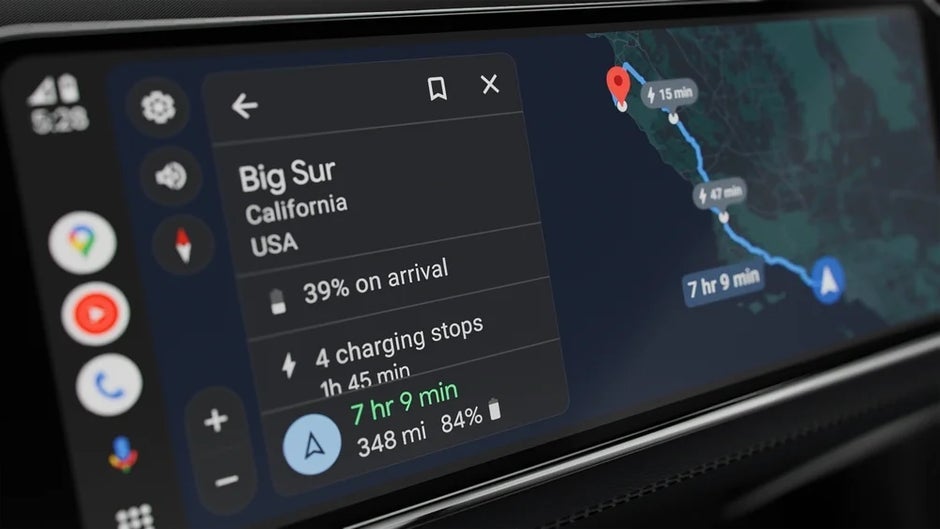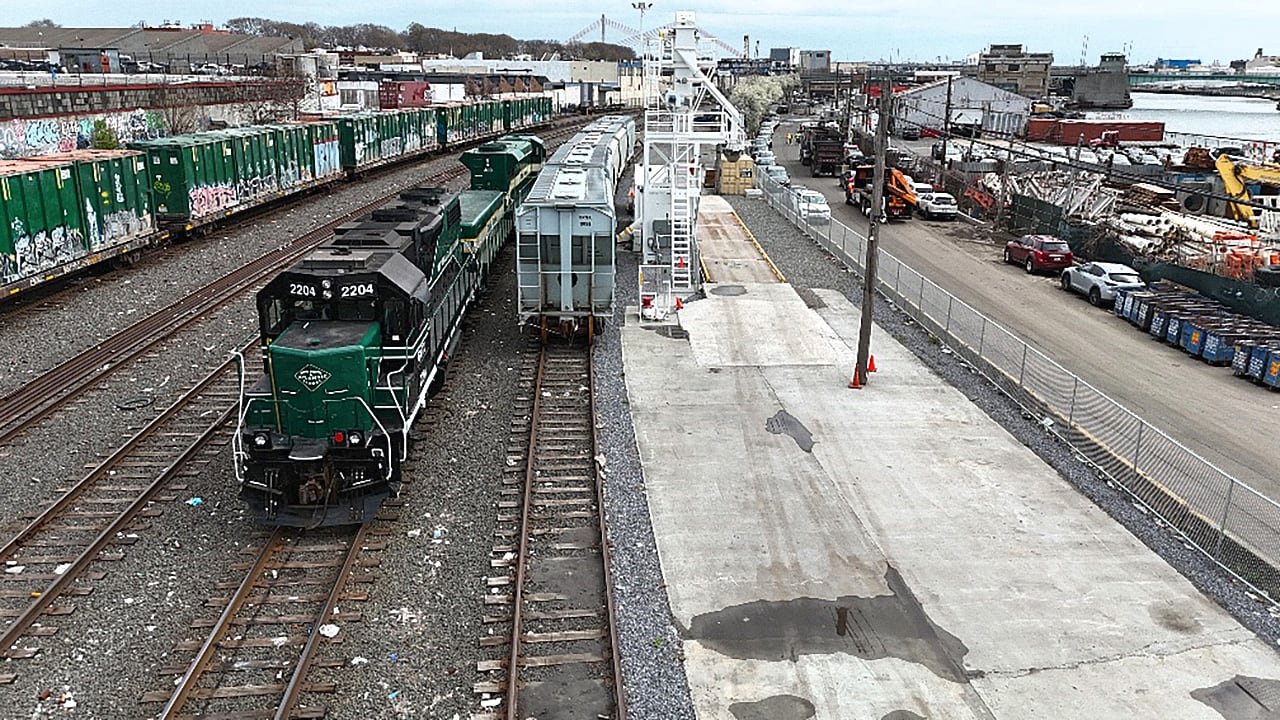The Future of Coworking: How Technology is Shaping the Modern Workspace
Coworking spaces have become a staple of the modern work landscape, especially in the wake of the global shift towards remote and flexible work. Initially designed to serve freelancers and startups, coworking spaces have evolved into thriving ecosystems that support diverse professionals and companies of all sizes. But what’s driving this transformation? The answer is simple: technology. As coworking spaces continue to grow in popularity, technology for coworking spaces has become the key enabler in shaping their future. From smart office solutions and AI-driven tools to enhanced connectivity and data-driven decision-making, technology is redefining the way we work, collaborate, and interact within shared workspaces. In this article, we’ll explore how technology is influencing the future of coworking and what lies ahead for these dynamic environments. The Rise of Hybrid Workspaces One of the most significant trends in the future of coworking spaces is the rise of hybrid workspaces. Hybrid work—where employees split their time between working remotely and in the office—has become the new normal for many companies. As businesses embrace flexible work arrangements, coworking spaces are becoming integral to supporting this shift. Technology plays a central role in enabling hybrid work environments. Cloud-based collaboration tools like Microsoft Teams, Google Workspace, and Slack allow employees to seamlessly transition between remote and in-office work. Additionally, coworking spaces are adapting by offering flexible memberships that allow individuals to access workspaces on-demand. Moreover, many coworking spaces are investing in advanced video conferencing equipment, high-quality audio systems, and virtual event platforms to accommodate remote workers. These spaces are designed to facilitate both in-person and remote collaboration, ensuring that hybrid teams can work together as efficiently as possible, regardless of where they are located. Smart Offices: The Backbone of Future Coworking Spaces The future of coworking is undeniably linked to the rise of smart offices—spaces that leverage IoT (Internet of Things) devices to optimize functionality, enhance comfort, and improve efficiency. In the coming years, we can expect coworking spaces to incorporate even more advanced smart technologies that enable personalized experiences for members. Smart office technologies such as IoT-enabled lighting, temperature control, and space management systems are already being implemented in some coworking spaces. These systems can automatically adjust the environment based on real-time occupancy data or member preferences, ensuring that every member has an optimal working experience. For example, smart desks that adjust their height or include wireless charging capabilities are becoming more common. These desks, integrated with cloud-based management systems, can track a member’s usage and adjust settings to fit their preferences. Furthermore, sensors can detect when meeting rooms are in use and adjust lighting and temperature accordingly to enhance comfort. By incorporating smart technologies, coworking spaces can not only increase the comfort and productivity of their members but also improve operational efficiency. Smart systems can track space usage, monitor resource consumption, and generate data insights that help operators make more informed decisions about space planning and resource allocation. AI and Automation: Streamlining Operations and Personalizing Experiences Artificial intelligence (AI) and automation are playing an increasingly important role in coworking spaces. From personalized recommendations to automated administrative tasks, AI is helping coworking operators provide a more seamless and efficient experience for their members. AI-powered platforms can analyze data from various sources—such as booking systems, member preferences, and room usage patterns—to make intelligent recommendations. For example, AI could suggest meeting rooms based on a member’s past bookings, or recommend certain colleagues to connect with based on shared interests or project needs. These intelligent systems can help build a more connected and collaborative environment within coworking spaces. In addition to personalization, AI is also being used to automate routine tasks like member check-ins, billing, and scheduling. Chatbots and virtual assistants can handle customer service inquiries, provide members with real-time updates, and even assist with space bookings. This automation not only saves time for both members and operators but also ensures a smoother, more efficient workflow. Virtual and Augmented Reality: Changing the Way We Collaborate Virtual reality (VR) and augmented reality (AR) are poised to revolutionize the coworking experience in the coming years. While these technologies are already making waves in industries like gaming and entertainment, their potential

Coworking spaces have become a staple of the modern work landscape, especially in the wake of the global shift towards remote and flexible work. Initially designed to serve freelancers and startups, coworking spaces have evolved into thriving ecosystems that support diverse professionals and companies of all sizes. But what’s driving this transformation? The answer is simple: technology.
As coworking spaces continue to grow in popularity, technology for coworking spaces has become the key enabler in shaping their future. From smart office solutions and AI-driven tools to enhanced connectivity and data-driven decision-making, technology is redefining the way we work, collaborate, and interact within shared workspaces. In this article, we’ll explore how technology is influencing the future of coworking and what lies ahead for these dynamic environments.
The Rise of Hybrid Workspaces
One of the most significant trends in the future of coworking spaces is the rise of hybrid workspaces. Hybrid work—where employees split their time between working remotely and in the office—has become the new normal for many companies. As businesses embrace flexible work arrangements, coworking spaces are becoming integral to supporting this shift.
Technology plays a central role in enabling hybrid work environments. Cloud-based collaboration tools like Microsoft Teams, Google Workspace, and Slack allow employees to seamlessly transition between remote and in-office work. Additionally, coworking spaces are adapting by offering flexible memberships that allow individuals to access workspaces on-demand.
Moreover, many coworking spaces are investing in advanced video conferencing equipment, high-quality audio systems, and virtual event platforms to accommodate remote workers. These spaces are designed to facilitate both in-person and remote collaboration, ensuring that hybrid teams can work together as efficiently as possible, regardless of where they are located.
Smart Offices: The Backbone of Future Coworking Spaces
The future of coworking is undeniably linked to the rise of smart offices—spaces that leverage IoT (Internet of Things) devices to optimize functionality, enhance comfort, and improve efficiency. In the coming years, we can expect coworking spaces to incorporate even more advanced smart technologies that enable personalized experiences for members.
Smart office technologies such as IoT-enabled lighting, temperature control, and space management systems are already being implemented in some coworking spaces. These systems can automatically adjust the environment based on real-time occupancy data or member preferences, ensuring that every member has an optimal working experience.
For example, smart desks that adjust their height or include wireless charging capabilities are becoming more common. These desks, integrated with cloud-based management systems, can track a member’s usage and adjust settings to fit their preferences. Furthermore, sensors can detect when meeting rooms are in use and adjust lighting and temperature accordingly to enhance comfort.
By incorporating smart technologies, coworking spaces can not only increase the comfort and productivity of their members but also improve operational efficiency. Smart systems can track space usage, monitor resource consumption, and generate data insights that help operators make more informed decisions about space planning and resource allocation.
AI and Automation: Streamlining Operations and Personalizing Experiences
Artificial intelligence (AI) and automation are playing an increasingly important role in coworking spaces. From personalized recommendations to automated administrative tasks, AI is helping coworking operators provide a more seamless and efficient experience for their members.
AI-powered platforms can analyze data from various sources—such as booking systems, member preferences, and room usage patterns—to make intelligent recommendations. For example, AI could suggest meeting rooms based on a member’s past bookings, or recommend certain colleagues to connect with based on shared interests or project needs. These intelligent systems can help build a more connected and collaborative environment within coworking spaces.
In addition to personalization, AI is also being used to automate routine tasks like member check-ins, billing, and scheduling. Chatbots and virtual assistants can handle customer service inquiries, provide members with real-time updates, and even assist with space bookings. This automation not only saves time for both members and operators but also ensures a smoother, more efficient workflow.
Virtual and Augmented Reality: Changing the Way We Collaborate
Virtual reality (VR) and augmented reality (AR) are poised to revolutionize the coworking experience in the coming years. While these technologies are already making waves in industries like gaming and entertainment, their potential for coworking spaces is immense.
With VR and AR, coworking spaces could offer immersive collaboration experiences that bridge the gap between remote and in-person work. For example, VR headsets could enable members to attend virtual meetings or participate in brainstorming sessions, giving them a sense of presence even when they are miles away from their colleagues. Similarly, AR could allow members to interact with digital overlays or visualized data while working on physical tasks, providing a more dynamic and interactive workspace.
As coworking spaces continue to embrace virtual and augmented reality, they will create new opportunities for collaboration, innovation, and creativity. These technologies will enable members to engage in projects in ways that were previously unimaginable, facilitating global collaboration and reducing the barriers between remote and in-person work.
Data-Driven Decision-Making and Space Optimization
The use of data is increasingly shaping how coworking spaces are designed and managed. As coworking space operators collect more data on member behavior, space utilization, and resource consumption, they can make more informed decisions about how to optimize their spaces and enhance the overall member experience.
Data-driven insights can help operators understand which areas of the coworking space are the most popular, when demand peaks, and how resources like meeting rooms, desks, and equipment are being used. This information can be used to adjust the layout of spaces, improve resource allocation, and ensure that members are getting the most out of their experience.
For example, data analytics can help determine the best time to schedule events or introduce new services. It can also enable operators to personalize offerings, such as suggesting certain workspaces or events based on a member’s past activities or preferences. This level of customization can make the coworking experience more tailored and relevant to each individual member.
Sustainability: Technology’s Role in Creating Green Workspaces
As sustainability becomes a higher priority for businesses and consumers, coworking spaces are also embracing green technologies that minimize their environmental footprint. Technology is playing a key role in creating more sustainable work environments by optimizing energy usage, reducing waste, and promoting eco-friendly practices.
For instance, smart lighting systems that adjust based on natural light levels or occupancy can help reduce energy consumption. Similarly, IoT-enabled temperature controls ensure that heating and cooling systems only operate when necessary, cutting down on unnecessary energy usage.
Coworking spaces are also exploring the use of renewable energy sources, energy-efficient appliances, and green building materials to create more sustainable spaces. Many coworking operators are choosing to work with eco-conscious providers to further enhance their green credentials, ensuring that their spaces align with the values of environmentally-conscious professionals.
Conclusion
The future of coworking is inextricably tied to the advancements in technology. From hybrid workspaces and smart offices to AI-driven tools and virtual reality collaboration, technology is enhancing every aspect of the coworking experience. These innovations are not only making coworking spaces more efficient, flexible, and personalized but are also helping to create dynamic environments where collaboration and creativity can thrive.
As coworking spaces continue to evolve, the integration of new technologies will play a pivotal role in shaping the modern workspace. The flexibility, connectivity, and collaboration tools provided by these technologies will ensure that coworking spaces remain relevant and continue to meet the needs of today’s diverse, remote, and hybrid workforce.
The future of coworking is exciting, and it’s clear that technology will remain at the heart of this transformation, driving the way we work, collaborate, and create in the years to come.



































































































































































![[The AI Show Episode 145]: OpenAI Releases o3 and o4-mini, AI Is Causing “Quiet Layoffs,” Executive Order on Youth AI Education & GPT-4o’s Controversial Update](https://www.marketingaiinstitute.com/hubfs/ep%20145%20cover.png)
















































































































































































































































.png?width=1920&height=1920&fit=bounds&quality=70&format=jpg&auto=webp#)






















_Vladimir_Stanisic_Alamy.jpg?width=1280&auto=webp&quality=80&disable=upscale#)




















































































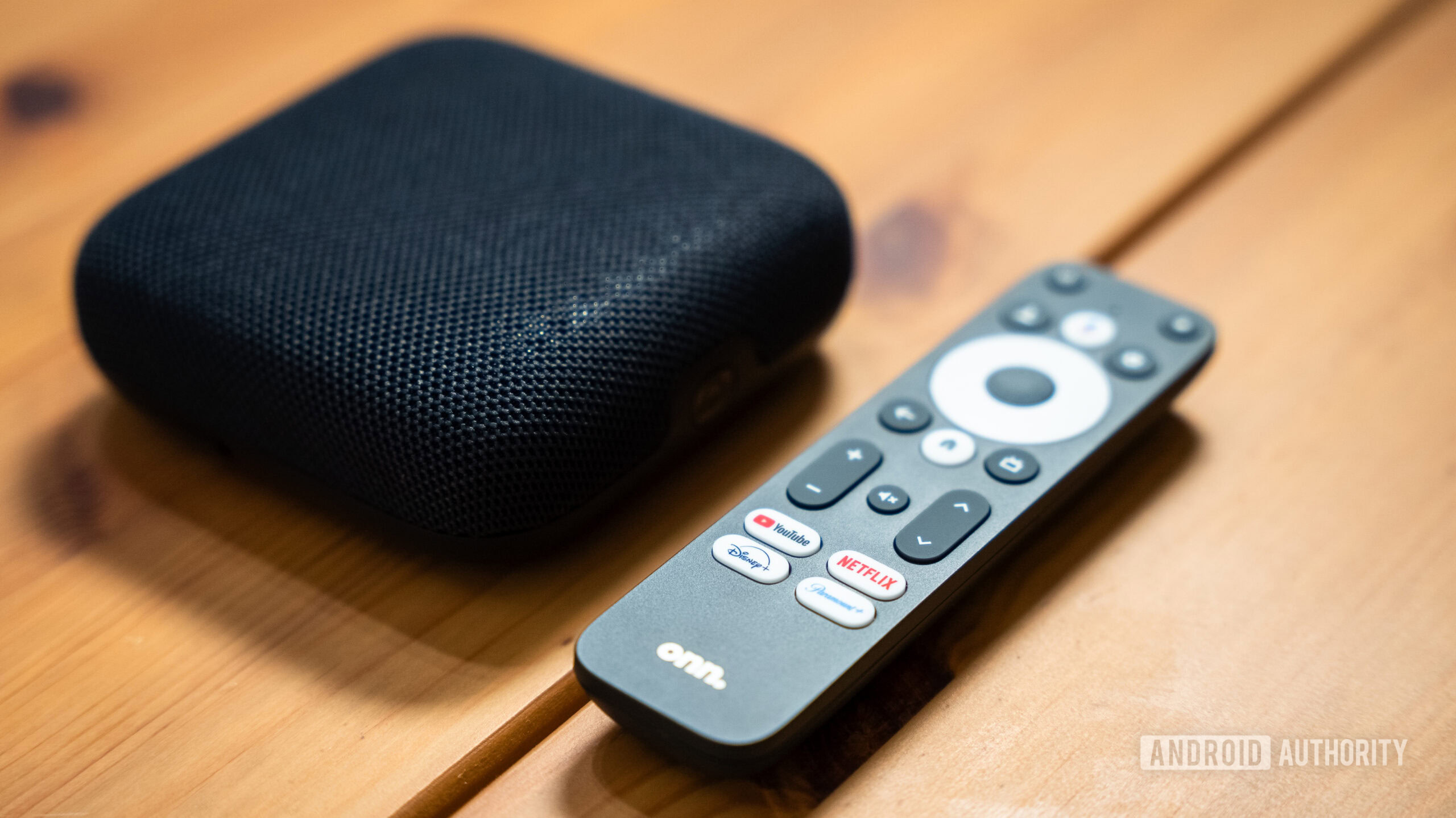

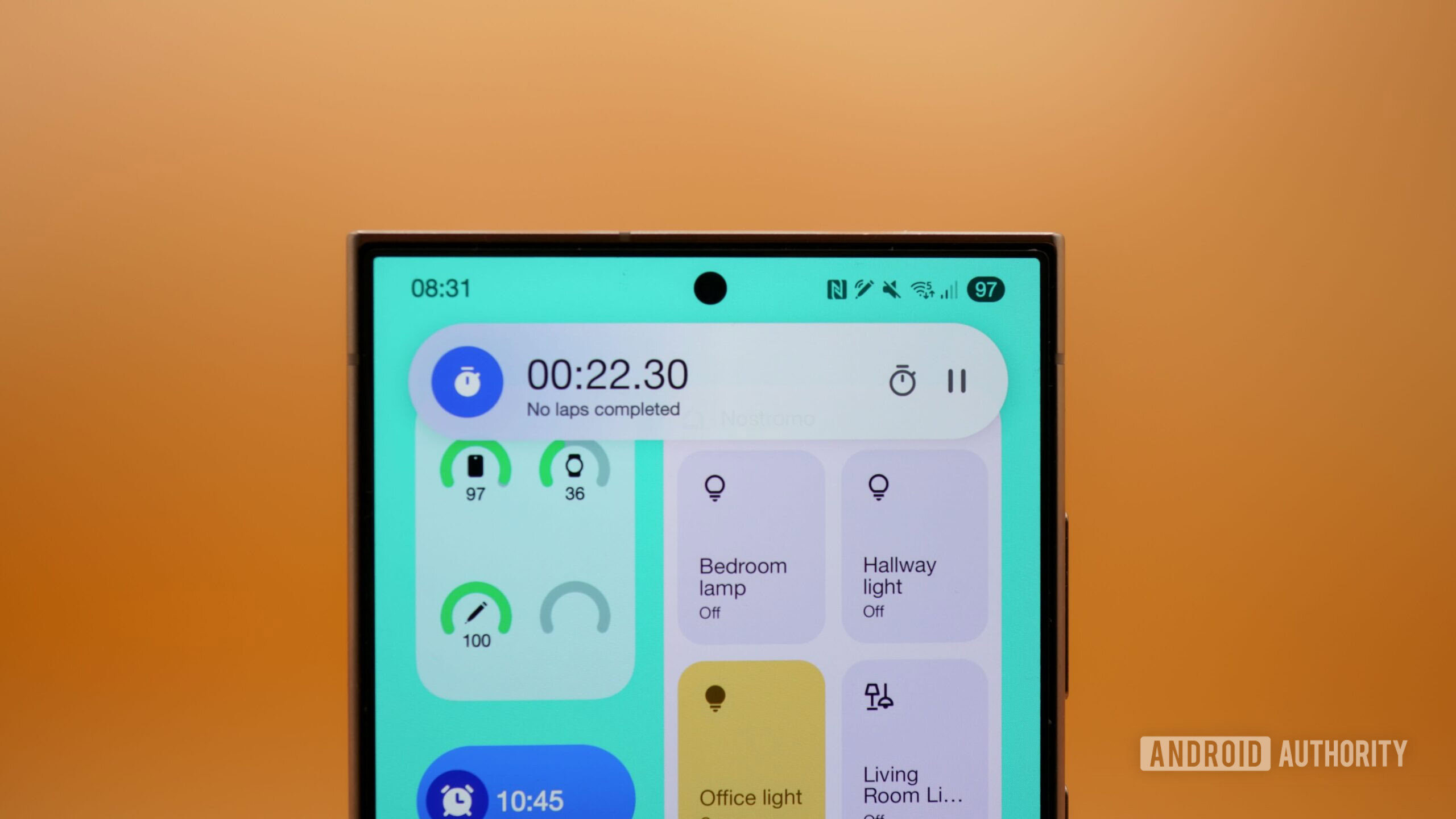



















![Standalone Meta AI App Released for iPhone [Download]](https://www.iclarified.com/images/news/97157/97157/97157-640.jpg)

![AirPods Pro 2 With USB-C Back On Sale for Just $169! [Deal]](https://www.iclarified.com/images/news/96315/96315/96315-640.jpg)
![Apple Releases iOS 18.5 Beta 4 and iPadOS 18.5 Beta 4 [Download]](https://www.iclarified.com/images/news/97145/97145/97145-640.jpg)






































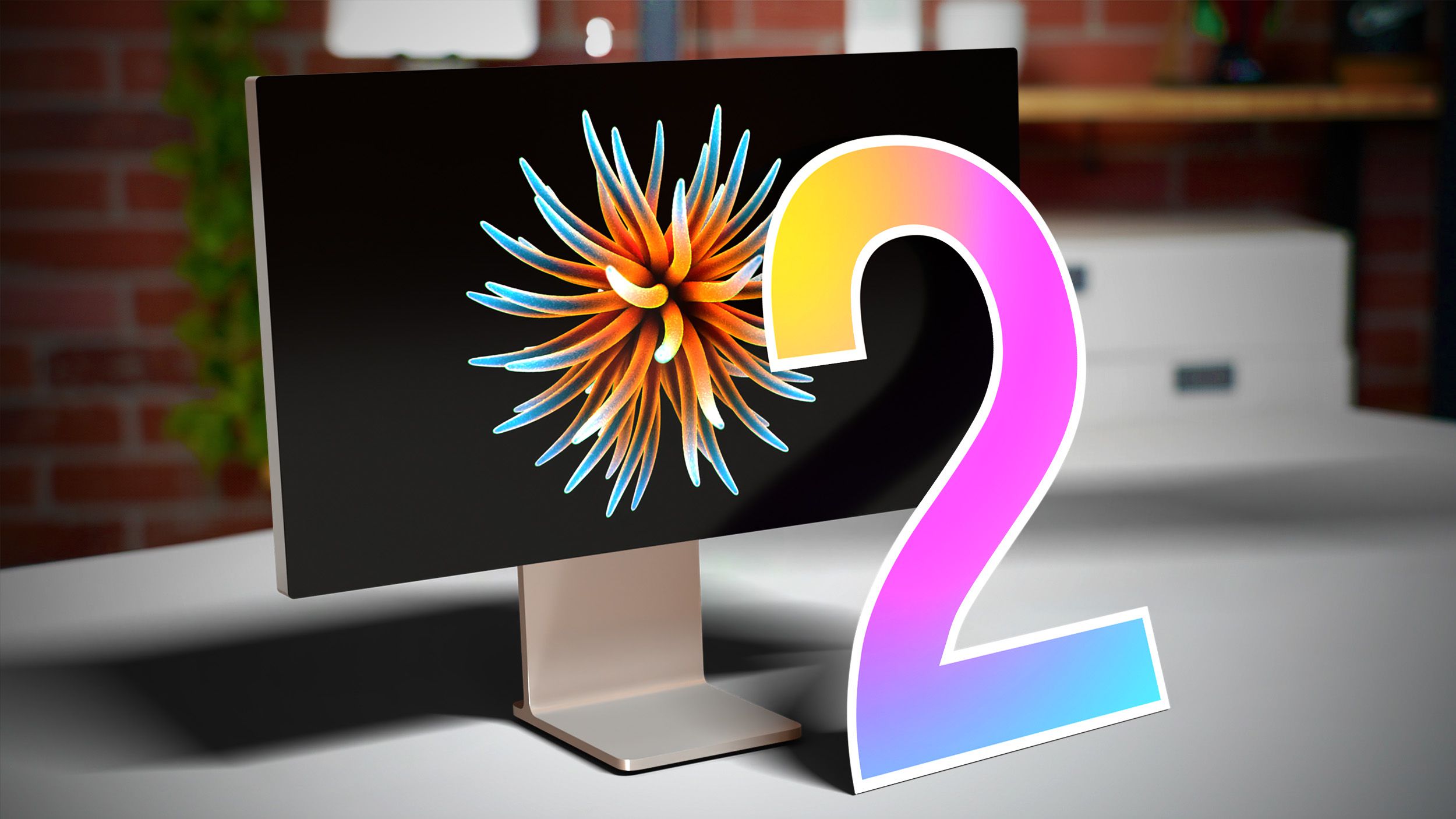









![Did T-Mobile just upgrade your plan again? Not exactly, despite confusing email [UPDATED]](https://m-cdn.phonearena.com/images/article/169902-two/Did-T-Mobile-just-upgrade-your-plan-again-Not-exactly-despite-confusing-email-UPDATED.jpg?#)
